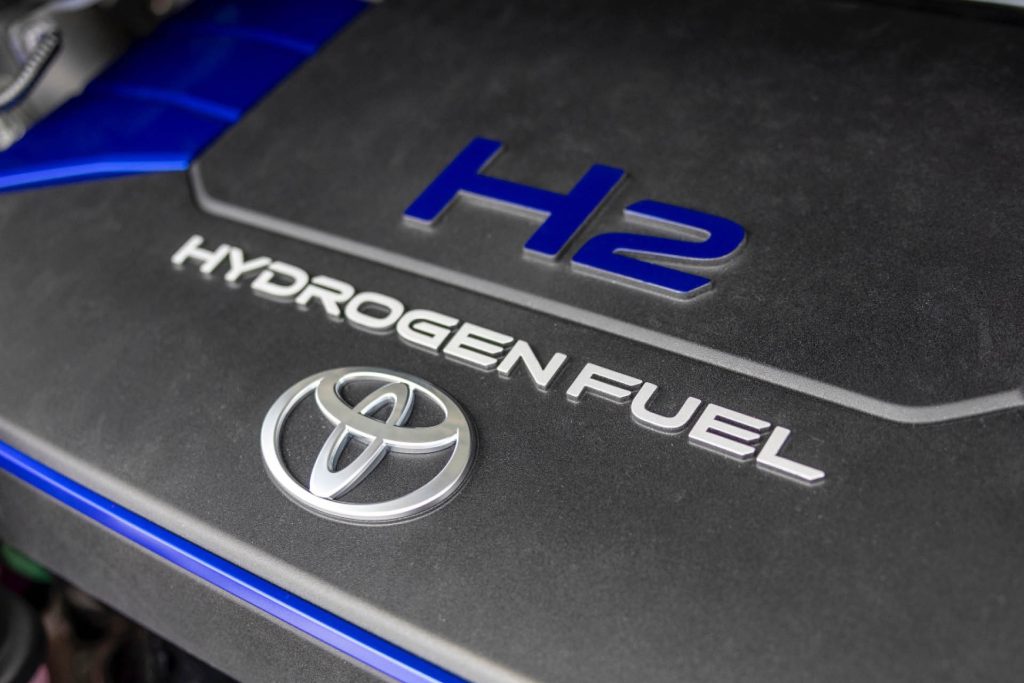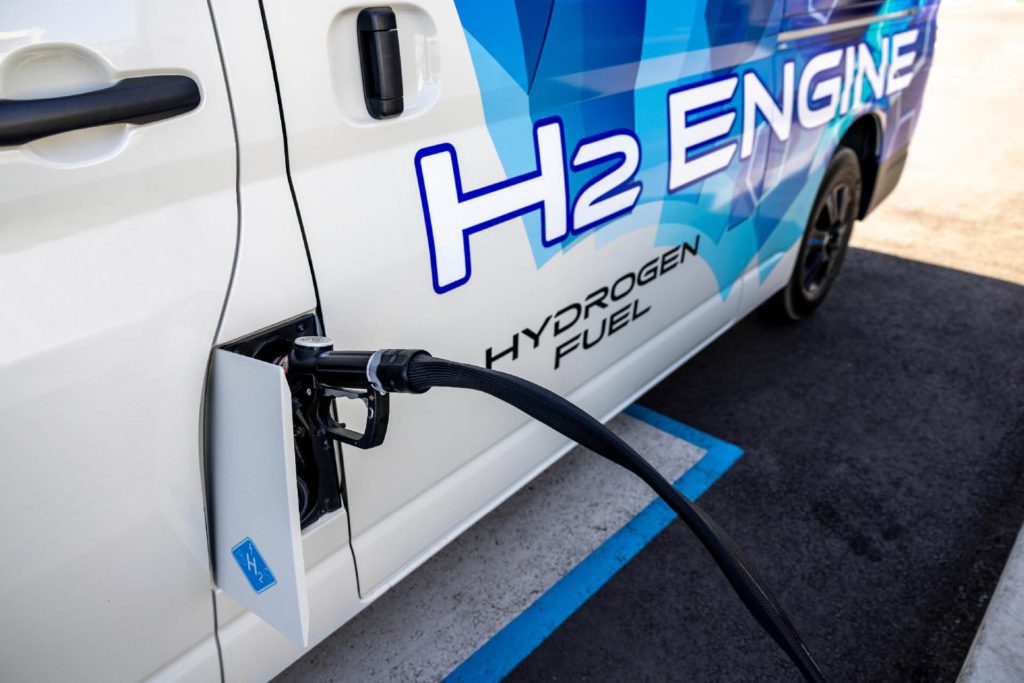A prototype Toyota Hiace with a hydrogen-fuelled internal combustion engine under the bonnet has recently landed in Australia where it will undergo a testing by local businesses.
The ‘pilot program’, as it’s called by Toyota Australia, will see a number of companies put the van through real-world use and provide feedback to the manufacturer in support of the technology’s development.

If all goes well, the Japanese carmaker will look into putting vehicles with hydrogen-fuelled internal combustion engines into production.
In this case, the prototype Hiace features the same turbocharged petrol V6 from the Land Cruiser 300 Series, which has been converted to run on H2. But because of this, its performance takes a fairly big hit, dropping from 305kW and 650Nm of torque to 120kW and 354Nm.
Hydrogen is stored in three tanks mounted under the floor of the van, with each being sourced from the second-generation Mirai. That’s enough to hold about 200km worth of fuel per refill.

While the technology is still in its infancy, the benefit of running H2 is that it produces almost zero tailpipe emissions, or none when used in a fuel-cell electric vehicle like the new Crown. However in this case, because the fuel is being combusted, it produces a small amount of nitrogen oxide (NOx).
The hydrogen-fuelled Toyota Hiace will begin real-world testing later this year at the hands of CPB Contractors who will use the vehicle to transport its workers to and from different infrastructure projects across Melbourne.


